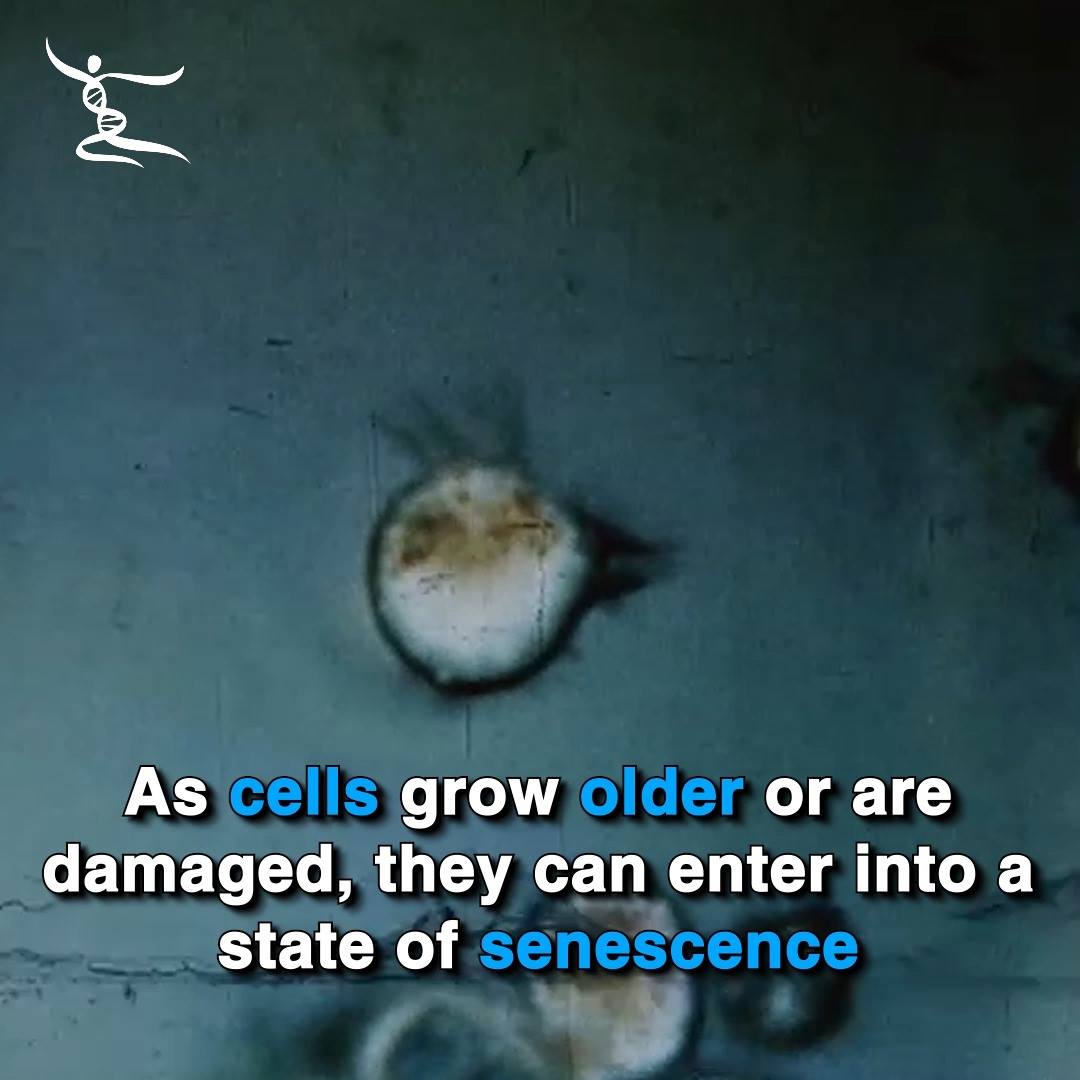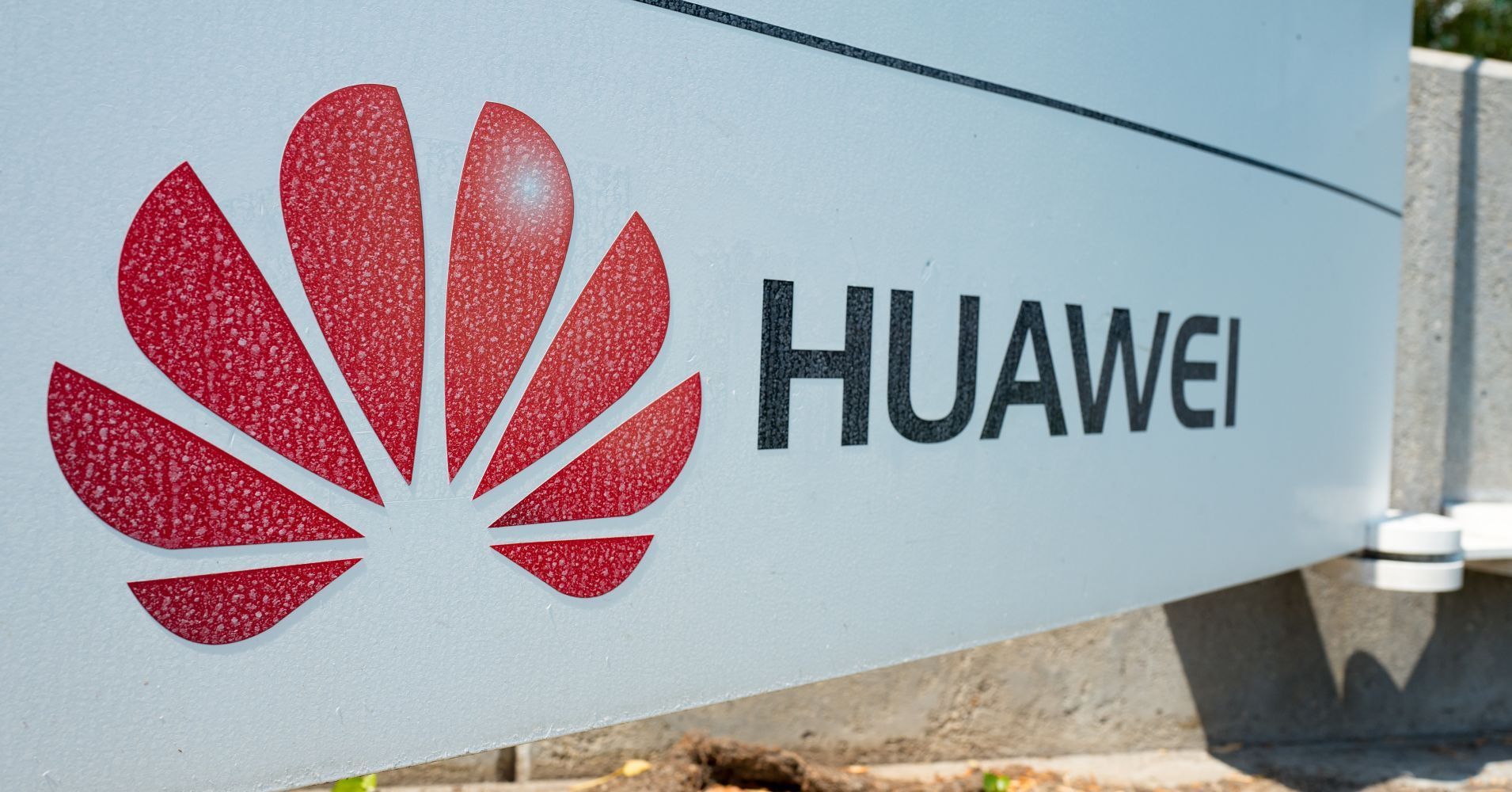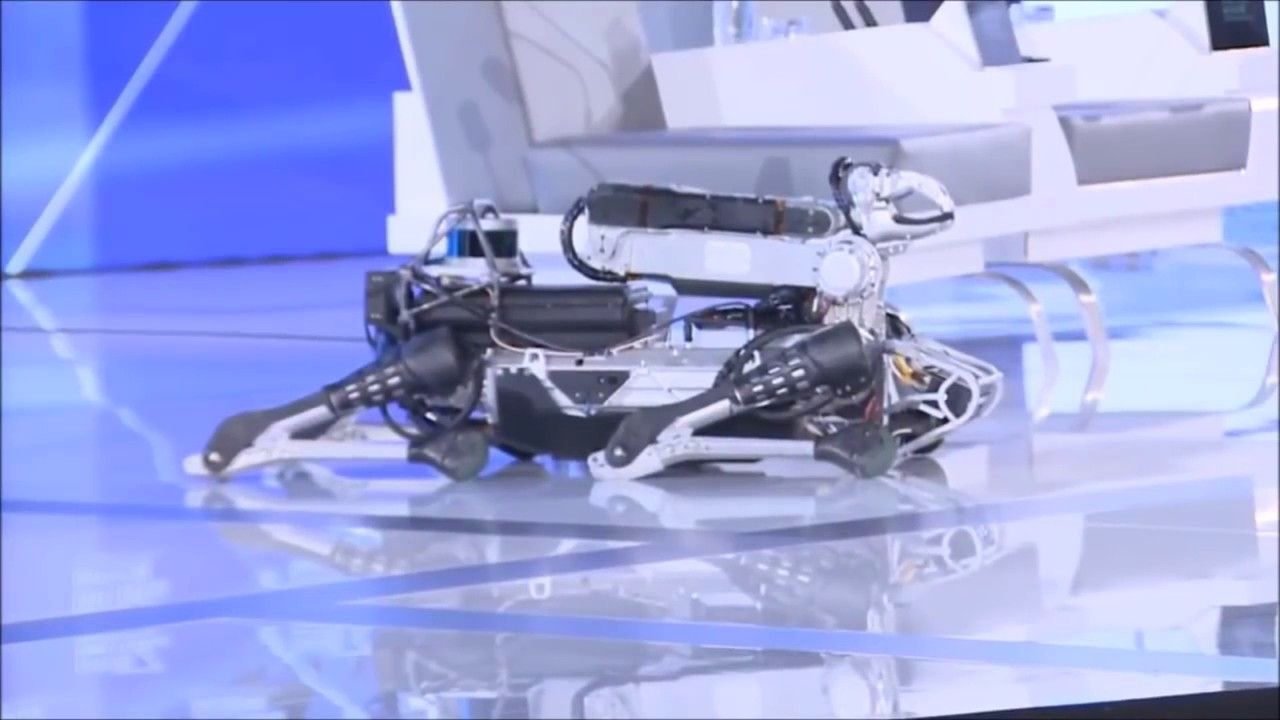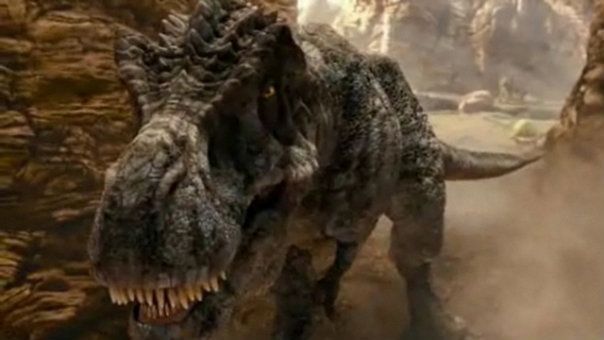A Russian Soyuz rocket malfunctioned during lift-off to the International Space Station.
World Sections
- Africa
- Asia
- Australia
- Europe selected
- Latin America
- Middle East
- US & Canada
- Home
- UK
.


As we get older, more and more of our the cells in our bodies become dysfunctional and enter into a state known as senescence. These senescent cells no longer divide or support the tissues and organs of which they are part; instead, they secrete a range of harmful inflammatory chemical signals, which are known as the senescence-associated secretory phenotype (SASP).
For more aging research news visit: https://www.leafscience.org/


In early 1999, during the halftime of a University of Washington basketball game, a time capsule from 1927 was opened. Among the contents of this portal to the past were some yellowing newspapers, a Mercury dime, a student handbook, and a building permit. The crowd promptly erupted into boos. One student declared the items “dumb.”
Such disappointment in time capsules seems to run endemic, suggests William E. Jarvis in his book Time Capsules: A Cultural History. A headline from The Onion, he notes, sums it up: “Newly unearthed time capsule just full of useless old crap.” Time capsules, after all, exude a kind of pathos: They show us that the future was not quite as advanced as we thought it would be, nor did it come as quickly. The past, meanwhile, turns out to not be as radically distinct as we thought.
In his book Predicting the Future, Nicholas Rescher writes that “we incline to view the future through a telescope, as it were, thereby magnifying and bringing nearer what we can manage to see.” So too do we view the past through the other end of the telescope, making things look farther away than they actually were, or losing sight of some things altogether.

Huawei unveiled two new artificial intelligence chips aimed at data centers and smart devices, pitting it against major silicon players including Qualcomm and Nvidia, as the Chinese giant laid out a strategy it hopes will drive growth in the next few years.
Huawei’s new chipsets are called the Ascend 910 and Ascend 310 and are designed to be used in data centers and internet-connected consumer devices.


1st conference upcoming in Nov. 2018, in Spain.
Cookies Policy This site uses cookies for you to have the best user experience. If you continue to browse you are giving your consent to the acceptance of the aforementioned cookies and acceptance of our cookies policy, click the link for more information.



The Tyrannosaurus rex may be among the most well-known and terrifying dinosaurs to walk the Earth, but a newly discovered relative may have been even scarier.
Dynamoterror dynastes, a variant of T. rex, was discovered in New Mexico in 2012 by a team of researchers, led by Western Science Center paleontologist Andrew McDonald. It has a slightly different bone structure compared to its successor cousin.
“Despite fragmentation of much of the axial and appendicular skeleton prior to discovery, the frontals, a metacarpal, and two pedal phalanges are well-preserved,” the study’s abstract reads. “The frontals exhibit an unambiguous autapomorphy and a second potential autapomorphy that distinguish this specimen from all other tyrannosaurids.”